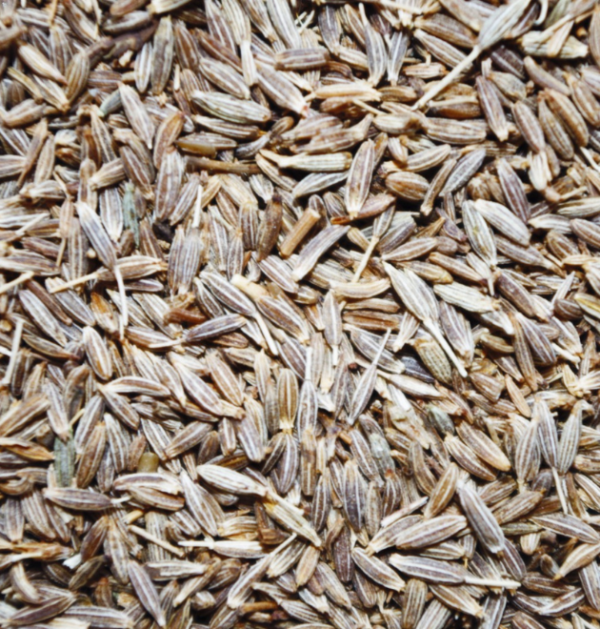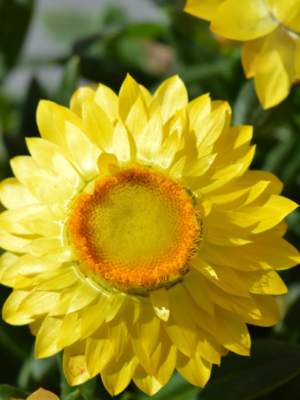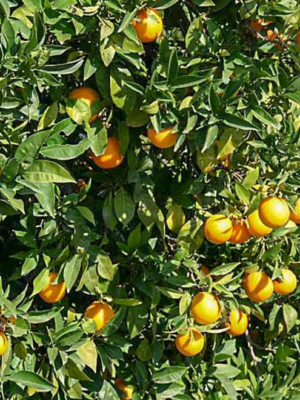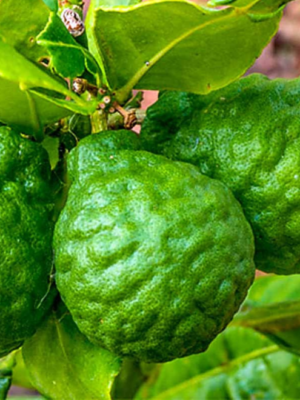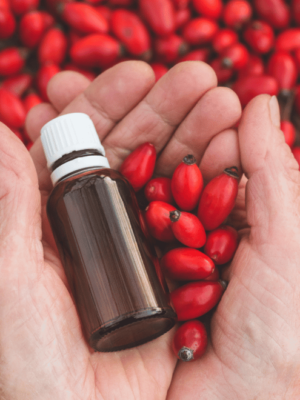Egypt are a relatively small global producer of cumin seeds but a bigger contributor to the oil market. The soil is prepared late summer with the seeds planted in October. Harvesting and distillation occurs in May & June.
The largest producer and consumer of cumin is India. It produces around 70% of the world production and consumes 90% of its own production, meaning that India consumes 63% of the world’s cumin. Other producers include Syria (7%), Turkey (6%) and Iran (6%) with the remaining 11% coming from other countries around North Africa and the Middle East.
In total, Around 300,000 tons of cumin per year are produced worldwide. In 2007, India produced around 175,000 tons of cumin on an area of about 410,000 ha. with the average yield is 0.43 tons per hectare.
Cumin seed is used as a spice for its distinctive flavour and aroma. The oil is extremely popular in many cuisines as a flavouring ingredient, particularly South Asian, Northern African and Latin American cuisines.
As an therapeutic ingredient it boasts lots of health benefits. This essential oil can be attributed to its properties as a bactericidal, carminative, digestive, diuretic, antiseptic, anti-spasmodic, detoxifier, stimulant, nervine, and tonic substance.

